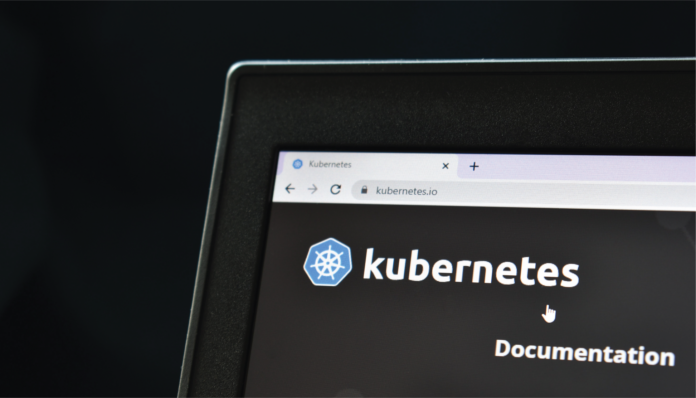Organizations are becoming increasingly concerned about the security of their Kubernetes clusters as container-based technologies gain traction. While enterprise and cloud distributions have robust security features, they must be tuned to meet the security demands of the organization.
These days, Kubernetes is an inescapable aspect of every software architecture. Whether small, medium or large, most organizations have Kubernetes clusters running for their workloads. DevOps engineers are likely to be running either an on-premises Kubernetes cluster or a PaaS. Businesses must ensure that their Kubernetes clusters are secure regardless of how they are run.
Kubernetes comes with many security features out of the box, but organizations need to think about a lot more security best practices to make their infrastructure robust. Here are some essential Kubernetes cluster security best practices.
Also Read: Four Best Practices for Firms to Protect their Kubernetes Clusters
Role-Based Access Control for Kubernetes
For its API server, Kubernetes offers different authorization models. The four options are node authorization, Role-Based Access Control (RBAC), Attributed-Based Access Control (ABAC), and Webhook mode. RBAC is the most secure and frequently utilized of these, making it excellent for organizations. RBAC can be leveraged to define Role-Based Access Control that closely matches the company’s business rules. OpenID Connect (OIDC) authentication also works well with RBAC.
Organizations can create roles and bindings to control access to their resources after RBAC is enabled.
Using OIDC to Secure the API Server
OIDC is the most scalable and secure solution. It’s ideal for clusters with large teams because it offers a Single Sign-On solution for all users and makes onboarding and offboarding simple. It’s also far more secure than other techniques because businesses don’t have to store sensitive information like client secrets and passwords on a user’s computer.
As additional users access the cluster, OIDC paired with RBAC becomes critical. Establishing groups and roles and restricting access to specific groups become necessary.
Control Traffic Between Clusters and Pods
Pods within the same cluster should be able to communicate with one another, and if many clusters are connected to the same network, traffic between them should be possible. Security teams must not keep everything open since this could result in a compromised cluster if another node in the network is affected. Businesses must use Kubernetes network policies to manage traffic between pods and clusters and only allow necessary traffic.
Also Read: Five Strategies for Enterprises to Secure their Kubernetes Clusters
Utilize Secrets for Sensitive Data with Necessary Access
A Secret resource in Kubernetes can be used to store sensitive data. This is an excellent method for storing keys, passwords, and other sensitive information. Secrets can be used to store textual data, tokens, certificates, Docker configuration, and files, among other things. Secrets can be used in containers by mounting them as data volumes or exposing them as environment variables.
Secrets are native to Kubernetes, and they are flexible, so businesses have no reason not to use Secrets. They should also ensure that suitable RBAC is implemented for secrets so that not everyone has access to them.
Limit Resource Use
Setting resource limitations on how namespaces and resources utilize memory, CPU, and persistent disc space is just as important as safeguarding APIs and the cluster itself. When a single container consumes all of the cluster’s resources, this protects it from Denial of Service attacks. At the namespace level, quotas and limit ranges can be used to define resource restrictions, while at the container level, requests and limits can be used to set resource limits.
For more such updates follow us on Google News ITsecuritywire News









